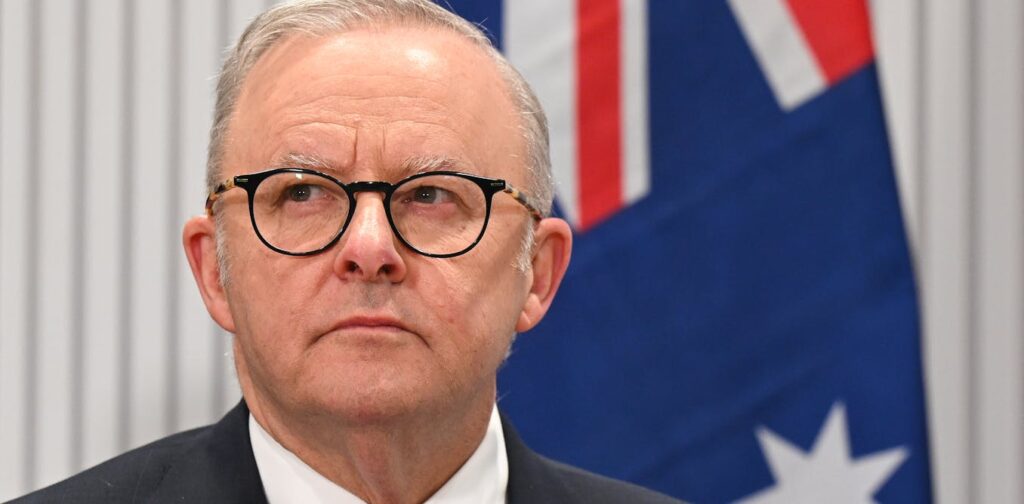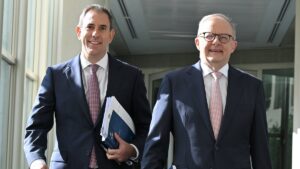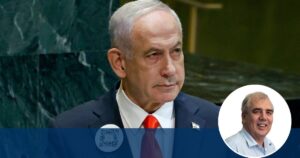
Anthony Albanese finds himself navigating a delicate path whenever the topic of the Australian-American relationship arises. Following the G7 summit, he has been persistently questioned by journalists about when he will meet face-to-face with US President Donald Trump. Despite preparing for his fourth meeting with Chinese leader Xi Jinping, Albanese has yet to schedule a visit to Washington, instead referencing upcoming international gatherings such as the Quad meeting in India later this year.
The backdrop to these diplomatic maneuvers includes the unresolved issue of Trump’s tariffs, which have been a point of contention. The deadline for negotiations on these tariffs has been pushed to August 1, with no concessions expected on the 50% tariffs on steel and aluminum, nor the general 10% tariff. This situation has drawn criticism that the Australian government has failed to leverage its strategic advantages in critical minerals with the Trump administration.
Albanese’s Curtin Oration: A Stirring Speech
Adding to the complexity, Prime Minister Albanese recently delivered the John Curtin Oration, stirring controversy with his interpretation of historical events. Curtin, a revered figure in Australian history and a Labor hero, is often remembered for his decisive actions during World War II. He famously defied UK Prime Minister Winston Churchill to bring Australian troops home and looked to the United States for security, a move seen as pivotal in shaping Australia’s foreign policy.
In his speech, Albanese portrayed Curtin’s actions as emblematic of Labor’s independent foreign policy stance. He described Curtin as the “founder” of the Australia-US alliance, a claim contested by some who attribute the alliance’s formalization to the Menzies era and the signing of ANZUS.
“Curtin’s famous statement that Australia ‘looked to America’ was much more than the idea of trading one strategic guarantor for another,” Albanese stated. “It was a recognition that Australia’s fate would be decided in our region.”
Historical Context and Expert Opinions
John Edwards, Curtin’s biographer, offers a nuanced perspective in the Lowy Institute’s The Interpreter. He suggests that Albanese’s speech positions Australia for a challenging period in foreign policy, emphasizing that Australia will act in its own interests amid US-China competition. Edwards contextualizes Curtin’s 1941 appeal to the US against the backdrop of a meeting between Churchill and US President Roosevelt, highlighting Curtin’s demand for Australia to be America’s principal partner in the Pacific war.
However, not all agree with Albanese’s interpretation. Greg Sheridan, the foreign editor for The Australian, accuses Albanese of historical misrepresentation, suggesting that the speech implies a strategic distancing from the US, which could be favorably received in Beijing.
Implications for Australia-US Relations
Former US ambassador Arthur Sinodinos, known for his objective analyses, acknowledges the bipartisan support for the Australia-US alliance but cautions that Albanese’s speech requires careful explanation to American counterparts to prevent misconceptions. This task will likely fall to ambassador Kevin Rudd, who will need to clarify the intent behind Albanese’s remarks.
The timing and context of Albanese’s oration underscore the importance of a direct meeting with President Trump. As time passes, the need to clear any misunderstandings in the Australia-US relationship grows more pressing. Moreover, Albanese’s upcoming visit to China will require careful messaging to avoid inadvertently signaling a shift in alliances.
The unfolding diplomatic narrative highlights the delicate balancing act Albanese must perform. As Australia navigates its relationships with both the US and China, the Prime Minister’s words and actions will be closely scrutinized, both at home and abroad.





